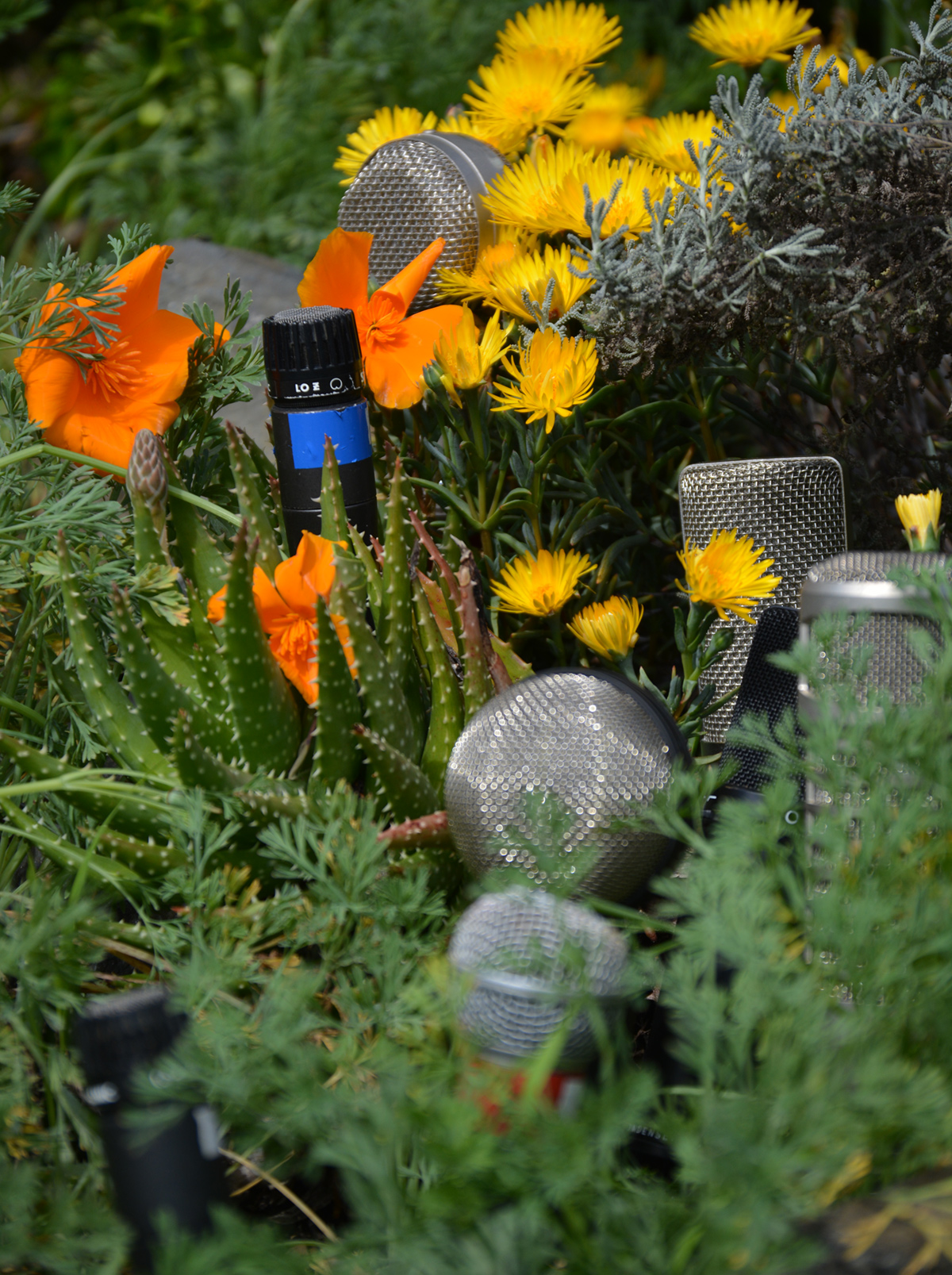The band E was in my studio recently. Thalia Zedek (Come), Jason Sanford (Neptune), and Gavin McCarthy (Karate) are all extremely dynamic performers, but even during quiet moments, their instruments can sound huge.
I was happy with the tracks I had captured, but I couldn't quite get the mix to sound the way I wanted using the bus compressors in my rack. For example, the built-in sidechain filters on my Safe Sound Audio Dynamics Toolbox weren't cutting it — or actually, were cutting too much. I couldn't settle on a single HPF setting, because the low-frequency content of the mix was changing so drastically from one moment of a song to another. The Thrust control on my API 2500 came close to delivering an energetic mix that didn't sound overprocessed with low-frequency-induced pumping, but I still felt like I needed more finesse than a linear "tilt." That's when I started patching my analog EQs into the sidechains of my insert-equipped compressors. I eventually concluded that the shallow slopes and broad strokes of the Dangerous Music BAX were working best to control how my compressors were reacting to E's music, but I wasn't about to give up using the $2,400 BAX on my mix bus in order to relegate it to sidechain duty.
That's when I went looking for a low-cost EQ and stumbled upon the SSL S4EQ 4-band equalizer. No, not that SSL. This EQ is from Sound Storm Lab, and you can purchase it from Amazon or Walmart for $24.49. While trying it on each of my compressors' sidechain inserts, I ignored the S4EQ's dual input, front/rear fader, and subwoofer output features, and instead focused on its Volume, Bass, Midbass, Mid, and High controls.
Verdict? Awesome! I was really able to tweak the behavior of my compressors — from very subtle to overly grabby — as they reacted to broad frequency ranges. Not trusting the published specs for a device as cheap as the S4EQ, I made my own measurements. The four bands are centered at 48 Hz, 160 Hz, 1.2 kHz, and 21 kHz, with ±20 dB of boost/cut on the first three bands, and ±23 dB on the High band. Each band is constant-Q, so bandwidth doesn't change as you vary level; the slope changes instead. Maximum slope of each band is only about 10 dB/octave, so with boost/cut closer to center, the slope is even shallower. Adjacent bands overlap significantly, and the Bass band reaches up to 900 Hz, while High reaches down to 2.2 kHz. I was able to "lean" the frequency content very broadly, but with much more control than with the API 2500's 3-position Thrust.
The SSA Dynamics Toolbox also benefited from the S4EQ, as did my Empirical Labs FATSO Jr and Kush UBK FATSO. And surprisingly, my TL Audio 5021, one of my favorite tracking compressors, instantly became an awesome bus compressor with the S4EQ inserted into its sidechain. It sounded great with the S4EQ tweaked so that E's bass and low-mid-heavy energy wasn't overdriving the compressor, but the lows didn't seem disembodied from the rest of the mix. I settled on the S4EQ's Bass knob at 10 o'clock, Midbass at 11, Mid at center, and High at 11 o'clock. These are all approximate positions, because the knobs are tiny, without markings, which means visual recall is impossible. But at $25 for the S4EQ (plus $3 for a no-name, UL-listed 12 volt wall wart that I also found on Amazon), I'm not complaining.
If you search Amazon, you'll find countless low-cost car-stereo EQs and crossovers suitable for sidechain use, some with more EQ bands and some with true two-band crossovers. Interestingly, this issue of Tape Op includes five reviews that mention sidechains...

